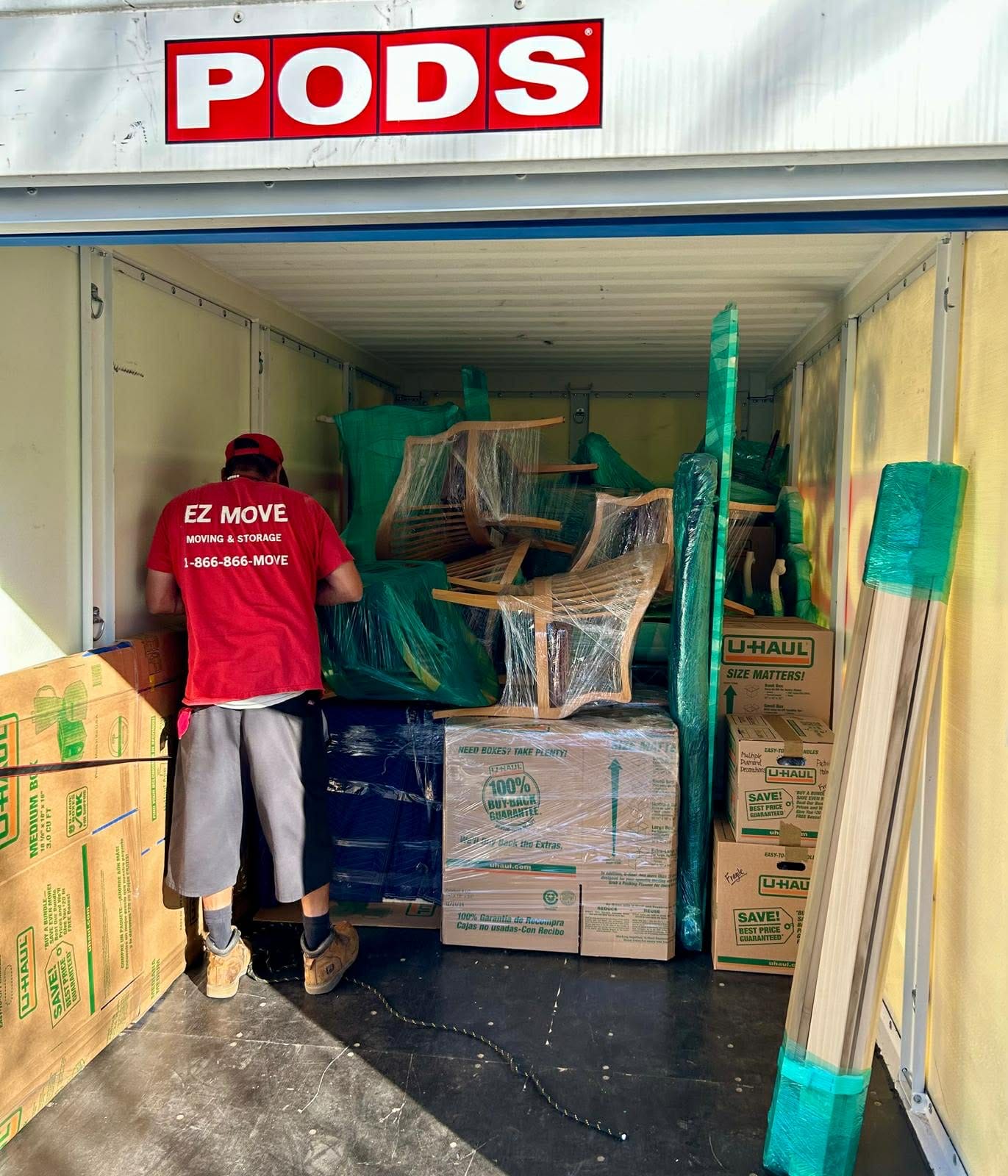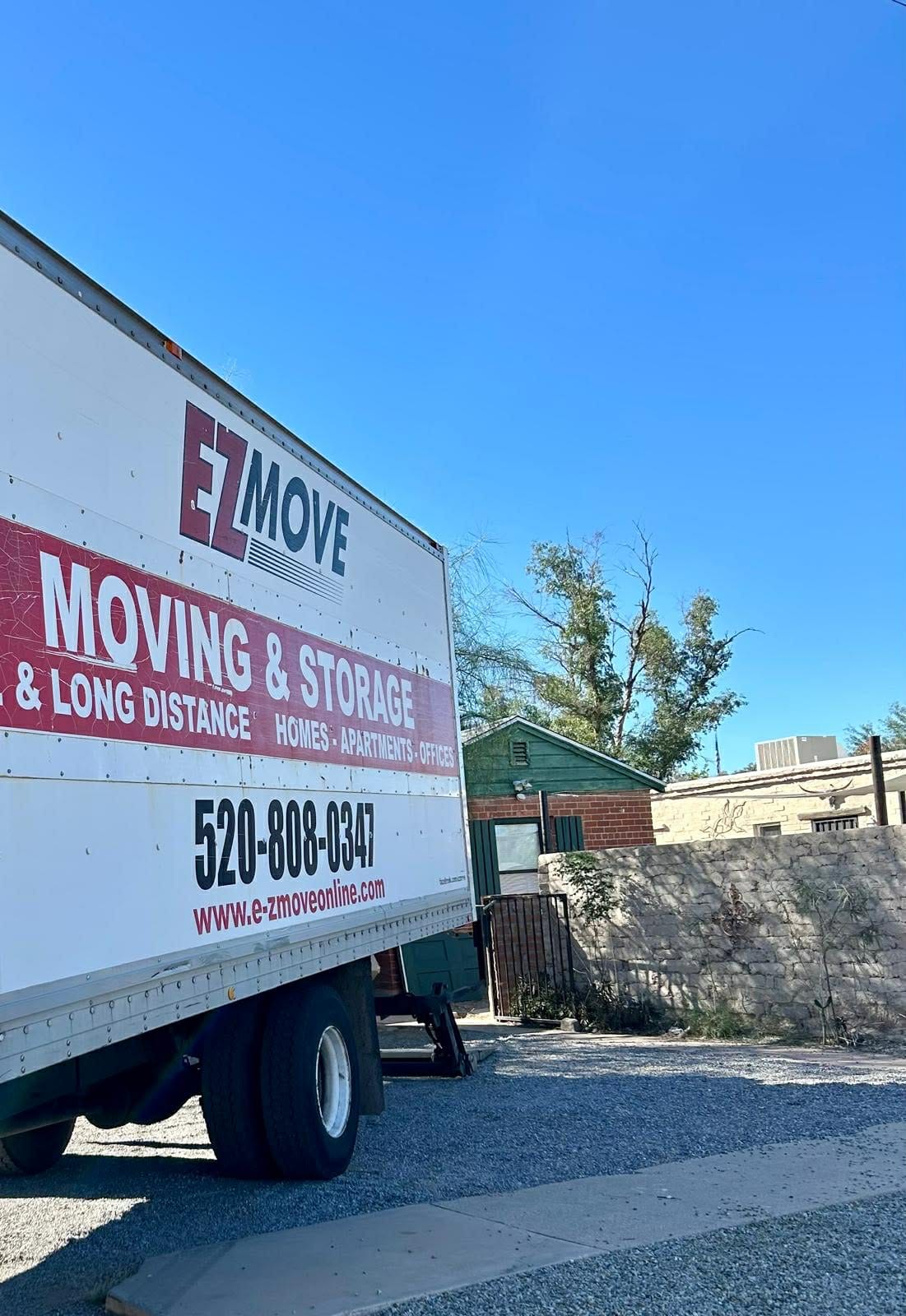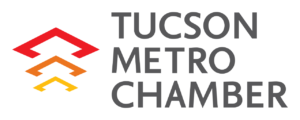Moving heavy furniture under the scorching Arizona sun presents unique challenges that require careful planning and specialized techniques. Tucson’s desert climate, with temperatures often soaring above 110°F during summer months, transforms what would normally be a straightforward relocation into a test of endurance and strategy. Understanding how to navigate these conditions while protecting both your belongings and your health becomes paramount for a successful move.
The combination of extreme heat and heavy lifting creates a perfect storm of potential hazards. Dehydration, heat exhaustion, and equipment failure rank among the primary concerns when relocating bulky items like sofas, dressers, refrigerators, and dining room sets during peak temperatures. Your furniture faces its own set of risks, including warping, cracking, and finish damage from prolonged sun exposure.
Pre-Move Planning Strategies for Desert Conditions
Timing becomes your most valuable asset when planning a furniture move in Tucson’s harsh climate. The ideal moving window occurs during the early morning hours, typically between 6:00 AM and 10:00 AM, when temperatures remain relatively manageable. Late evening moves, starting after 6:00 PM, offer another viable option, though visibility concerns may complicate loading and unloading processes.
Creating a comprehensive inventory of your heavy furniture pieces allows you to prioritize which items require immediate attention and which can wait for cooler conditions. Categorize your belongings based on size, weight, and heat sensitivity. Leather furniture, wooden antiques, and electronic equipment demand extra protection and should be moved during the coolest parts of the day.
Weather forecasting plays a crucial role in scheduling your relocation. Monitor local temperature predictions, humidity levels, and potential monsoon activity that could impact your moving timeline. Tucson’s monsoon season, typically running from June through September, brings sudden thunderstorms that can provide temporary relief but also create additional logistical challenges.
Professional moving services like E-Z Move understand these local climate considerations and can adjust their schedules accordingly. They maintain specialized equipment designed for desert conditions and employ crews experienced in heat management protocols.
Essential Equipment and Protective Gear
Your equipment arsenal must expand beyond standard moving supplies when dealing with extreme heat conditions. Heavy-duty furniture dollies with pneumatic wheels perform better on hot asphalt and concrete surfaces that can become soft and sticky under intense sun exposure. These specialized wheels maintain their integrity and rolling capability even when pavement temperatures exceed 140°F.
Moving blankets serve dual purposes in desert relocations. Beyond protecting furniture surfaces from scratches and dents, they provide crucial insulation against heat damage. Invest in high-quality padded blankets with reflective backing that deflects solar radiation while maintaining breathability to prevent moisture buildup.
Protective equipment for your moving crew becomes non-negotiable in extreme heat scenarios. Heat-resistant work gloves prevent burns from metal surfaces that have absorbed solar energy throughout the day. Cooling towels, wide-brimmed hats, and UV-protective clothing help maintain safe body temperatures during extended outdoor exposure.
Hydration stations positioned at strategic locations throughout your property ensure constant access to cold water and electrolyte replacement drinks. Ice packs and cooling vests provide additional temperature regulation for crew members handling the most physically demanding tasks.
Heat-Specific Furniture Protection Methods
Different furniture materials react uniquely to extreme heat exposure, requiring tailored protection strategies. Wooden furniture faces the greatest risk from rapid temperature fluctuations that cause expansion and contraction, potentially leading to joint separation, cracking, and finish damage. Wrap these pieces completely in breathable moving blankets, avoiding plastic coverings that trap moisture and create greenhouse effects.
Leather upholstery demands immediate protection from direct sunlight that can cause fading, cracking, and permanent texture changes. Use light-colored coverings that reflect heat rather than absorbing it. Avoid placing leather items in vehicle cargo areas where temperatures can reach dangerous levels exceeding 150°F.
Metal furniture components, including bed frames, table bases, and decorative elements, become extremely hot to the touch within minutes of sun exposure. Handle these items with appropriate protective gear and consider cooling them with damp cloths before wrapping for transport.
Electronic components within entertainment centers, home office furniture, and smart appliances require special consideration. These devices can suffer permanent damage from overheating, making climate-controlled transport vehicles essential for their safe relocation.
Strategic Loading and Transportation Techniques
Vehicle preparation begins hours before your scheduled move time. Park moving trucks and trailers in shaded areas whenever possible, and consider using reflective windshield covers to minimize interior heat buildup. Running air conditioning systems or industrial fans helps maintain tolerable temperatures within cargo spaces.
Loading sequence becomes critical when temperatures soar. Place heat-sensitive items in the front sections of your moving vehicle, closest to air conditioning sources. Heavy appliances and metal furniture should occupy middle sections where they receive maximum protection from exterior walls. Use the rear areas for items that better tolerate heat exposure.
Creating air circulation channels within your loaded vehicle prevents hot spots from developing. Avoid packing items too tightly together, which restricts airflow and allows dangerous heat accumulation. Strategic placement of battery-operated fans throughout the cargo area maintains air movement during transport.
Consider multiple trips for particularly valuable or heat-sensitive items rather than risking damage through prolonged exposure. This approach may seem inefficient but often proves more cost-effective than replacing damaged furniture or dealing with warranty issues.
Hydration and Safety Protocols
Heat-related health emergencies represent the most serious risks during summer furniture moves. Establish mandatory hydration breaks every 15-20 minutes, with longer rest periods in air-conditioned environments. Recognize early warning signs of heat exhaustion, including excessive sweating, nausea, dizziness, and fatigue.
Create buddy system protocols where team members monitor each other for signs of overheating. Designate one person as the safety coordinator responsible for enforcing break schedules and ensuring adequate fluid intake throughout the moving process.
Keep emergency supplies readily available, including instant cold packs, electrolyte replacement solutions, and contact information for local emergency services. The Centers for Disease Control and Prevention provides comprehensive guidance on preventing heat-related illnesses during outdoor activities.
Establish clear communication protocols for reporting heat-related concerns. Team members should feel comfortable calling for immediate breaks or medical assistance without fear of delaying the moving schedule.
Timing Your Move for Maximum Efficiency
Desert moving schedules require flexibility and realistic time expectations. Start your preparation work during the coolest overnight hours, including packing, disassembly, and staging items near exit points. This front-loaded approach minimizes time spent outdoors during peak heat hours.
Break your moving process into manageable segments rather than attempting marathon sessions. Focus on completing one room or furniture category before moving to the next, allowing for adequate rest and recovery periods between intense physical activities.
Monitor real-time temperature readings throughout your moving day and be prepared to adjust schedules when conditions become dangerous. Weather applications with heat index calculations provide valuable guidance for determining safe working conditions.
Consider splitting large moves across multiple days when forecasts predict extended periods of extreme heat. This approach reduces health risks and prevents furniture damage while maintaining steady progress toward your relocation goals.
Working with Professional Moving Services
Professional moving companies operating in Tucson’s climate bring specialized expertise and equipment that individual movers cannot match. These services maintain climate-controlled vehicles, industrial cooling equipment, and crews trained in heat safety protocols.
When selecting professional assistance, verify that your chosen company carries appropriate insurance coverage for heat-related damages and maintains proper licensing for operating in extreme weather conditions. E-Z Move offers comprehensive protection and local expertise specifically tailored to Arizona’s challenging climate conditions.
Discuss heat management strategies during your initial consultation, including vehicle cooling procedures, crew rotation schedules, and contingency plans for extreme weather events. Professional services should demonstrate clear protocols for protecting both their workers and your belongings.
Request detailed timelines that account for heat-related delays and rest requirements. Reputable companies build these considerations into their scheduling rather than treating them as unexpected complications.
Post-Move Furniture Care and Inspection
Heat exposure during transportation can cause delayed damage that may not become apparent for days or weeks following your move. Conduct thorough inspections of all furniture pieces, paying particular attention to joints, finishes, and mechanical components that may have been affected by temperature fluctuations.
Allow furniture to acclimate gradually to your new home’s climate conditions rather than immediately placing items in their final positions. This adjustment period helps prevent additional stress-related damage as materials return to stable temperatures.
Document any heat-related damage with photographs and detailed descriptions for insurance purposes. Many policies cover weather-related damages that occur during professional moves, but require prompt reporting and proper documentation.
Monitor furniture performance over the following weeks, watching for signs of delayed heat damage such as joint separation, finish changes, or mechanical failures in reclining mechanisms and adjustable components.
Moving heavy furniture in Tucson’s extreme heat requires careful planning, proper equipment, and realistic expectations about timing and safety requirements. Success depends on understanding local climate challenges and implementing proven strategies that protect both your belongings and your health throughout the relocation process. With proper preparation and potentially professional assistance, you can complete your move safely while preserving the integrity of your valuable furniture pieces.



